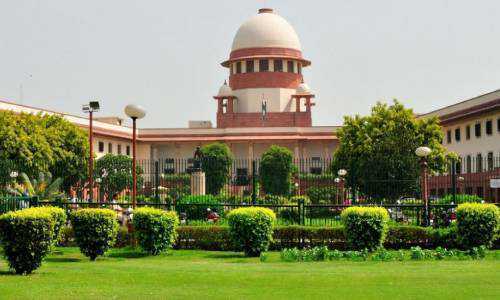
The Supreme Court has finally settled the long-debated topic of what constitutes the "presence of a dispute" in the said case. In the context of the Insolvency and Bankruptcy Code, 2016, the meaning of "presence of dispute" was seen in the context of the commencement of CIRP of corporate debtors.
In the instant case titled Mobilox Innovations v/s Kirusa Software the issue that was raised before the Supreme Court for clarification was:
Whether the appeal filed by Mobilox Innovations Pvt Ltd Applicable?
The Supreme Court granted Mobilox's appeal while interpreting Section 8(2) (a) of the Insolvency and Bankruptcy Code's declaration of the existence of a dispute. The Supreme Court decided that a breach of a non-disclosure agreement was sufficient to establish the existence of a dispute and dismiss the operational creditor's CIRP application.
The Supreme Court held that once an operational creditor has filed an Application, which is otherwise procedurally complete, the Adjudicating Authority has to consider the following:
Whether there is an “operational debt”, as defined under the Code, which exceeds INR 100,000;
Whether the documentary evidence furnished with the application shows that the aforesaid debt is due and payable and has not yet been paid; and
Whether there is the existence of a dispute between the parties or the record of the pendency of a suit or arbitration proceeding filed before the receipt of the demand notice of the unpaid operational debt in relation to such dispute;
The court categorically held that:
“All that the Adjudicating Authority must-see is whether there is a plausible contention which requires further investigation and that the “dispute” is not a patently feeble argument or an assertion of fact unsupported by evidence”.
The Apex Court held that the adjudicating authority does not need to go into the merits and satisfy itself that the defence is likely to succeed at this stage of the proceeding because it is important to separate the wheat from the chaff and reject a spurious defence that is nothing more than bluster.
Therefore, in the event of a payment default, the operative creditor can commence the Corporate Insolvency Resolution Process (CIRP) by filing an application with the NCLT. A demand notice (demanding payment of the sum) must be sent to the corporate debtor prior to filing such an application under Section 8 (1) of the Insolvency and Bankruptcy Code, 2016.

